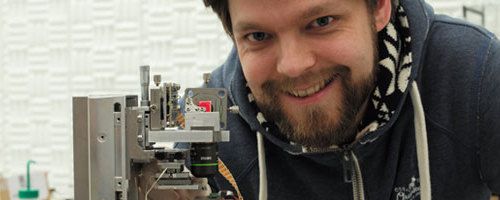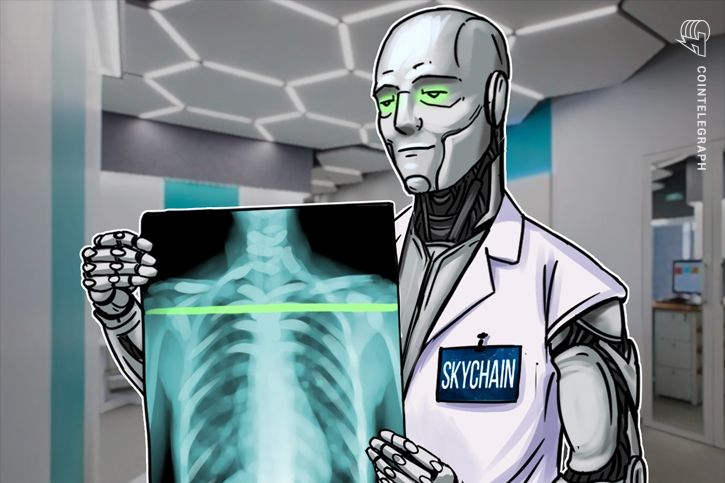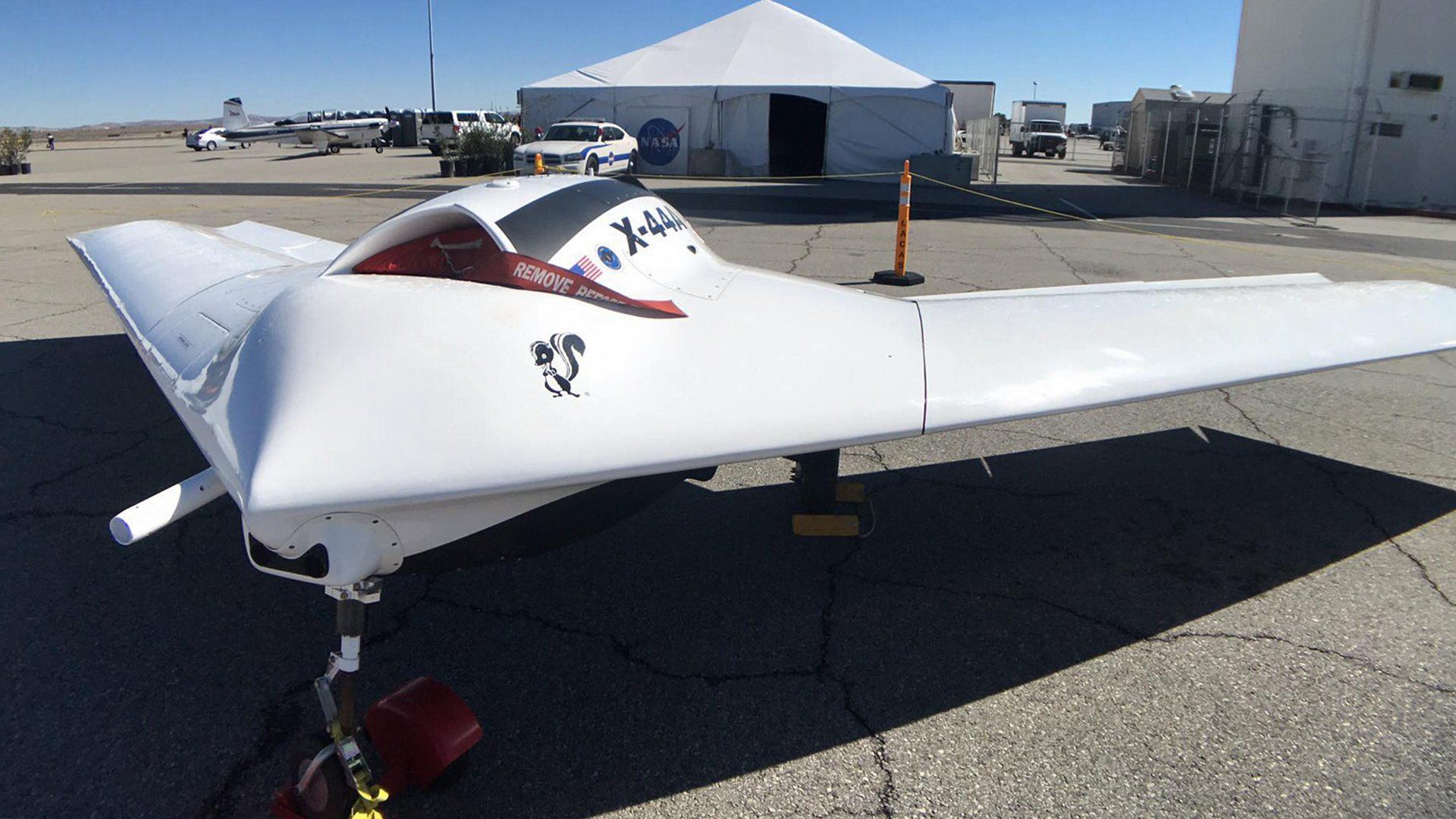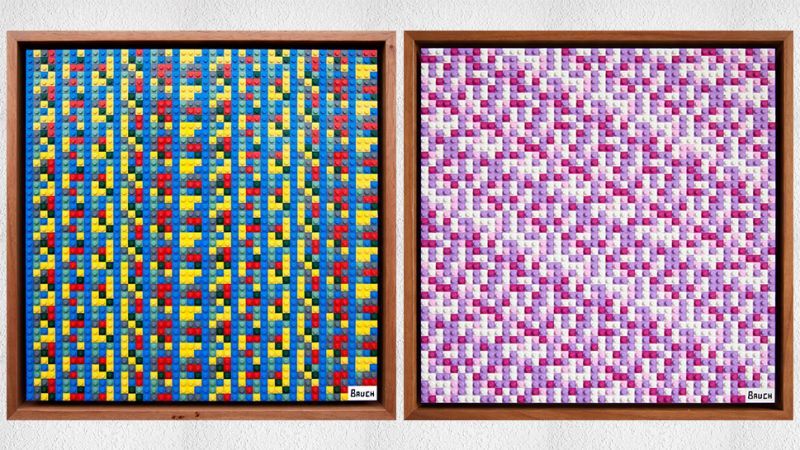Amazon’s “summer camp for geeks” brought together some of the world’s leaders in AI, home automation, robotics, and space exploration. And, naturally, a robotic dog.



In five years, small autonomous AI microscopes, networked in the cloud and deployed around the world, will continually monitor the condition of the natural resource most critical to our survival: water.

https://youtube.com/watch?v=XPU6ZL8kvhA
Considering how often lasers show up in science fiction, it’s interesting that the concept of “talking lasers” might show up in reality before eventually finding their way into sci-fi.
But the United States’ military Joint Non-Lethal Weapons Program (JNLWP) is getting close to creating one, according to a new report in Defense One. The device in question will soon be capable of reproducing human speech as a means of scaring off trespassers or enemies, making announcements, or just sending discrete messages to somebody who dropped their phone or walkie talkie.
It’s not quite there yet, because while it does sound like a garbled human speaking, it still speaks only gibberish for now. See it below, but don’t turn up your headphones too loud, for reasons that will immediately become clear — like many people who speak gibberish, the laser speaks loudly:


Harvard reminds the biological clock using NAD+ and NaHS!
Investigators at Harvard Medical School have identified the key cellular mechanisms behind vascular aging and its effects on muscle health, and they have successfully reversed the process in animals.
Could reversing the aging of blood vessels hold the key to restoring youthful vitality? If the old adage “you are as old as your arteries” reigns true then the answer is yes, at least in mice.
According to a new study by Harvard Medical School researchers, they have identified the cellular mechanisms that cause the aging of vascular arteries as well as the effects of such aging on the health of muscles. The Medical team was also able to successfully reverse this aging process.



It has no inherent value and causes observers to rotate between feelings of fascination and anger. We’re talking about cryptocurrency, but also art. In a new series, artist Andy Bauch is bringing the two subjects together with works that use abstract patterns constructed in Lego bricks. Each piece visually represents the private key to a crypto-wallet, and anyone can steal that digital cash—if you can decode them.
Bauch first started playing around with cryptocurrencies in 2013 and told us in an interview that he considers himself an enthusiast but not a “rabid promoter” of the technology. “I wasn’t smart enough to buy enough to have fuck-you money,” he said. In 2016, he started to integrate his Bitcoin interest with his art practice.
His latest series of work, New Money, opens at LA’s Castelli Art Space on Friday. Bauch says that each piece in the series “is a secret key to various types of cryptocurrency.” He bought various amounts of Bitcoin, Litecoin, and other alt-coins in 2016 and put them in different digital wallets. Each wallet is encrypted with a private key that consists of a string of letters and numbers. That key was initially fed into an algorithm to generate a pattern. Then Bauch tweaked the algorithm here and there to get it to spit out an image that appealed to him. After finalizing the works, he’s rigorously tested them in reverse to ensure that they do, indeed, give you the right private key when processed through his formula.

